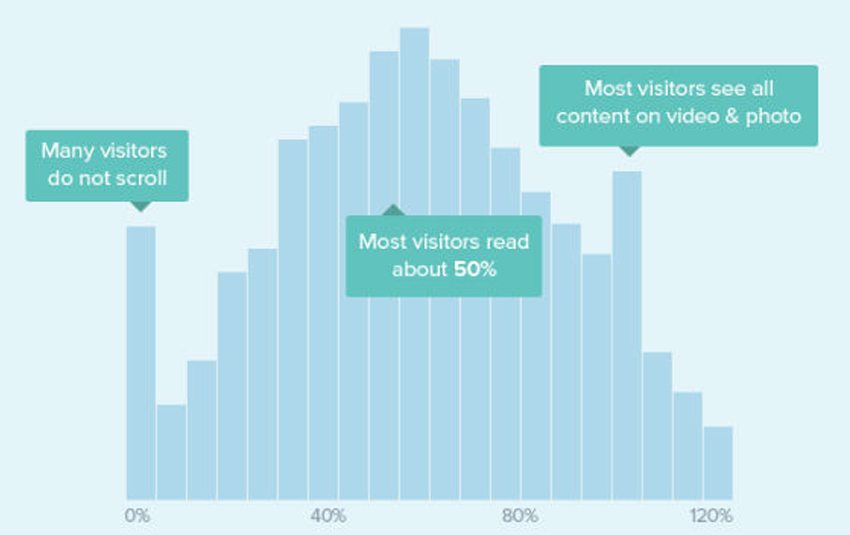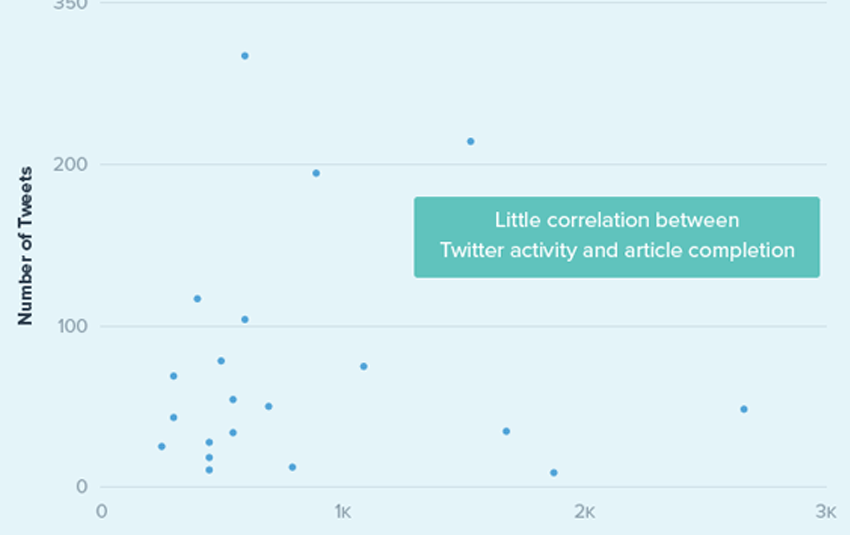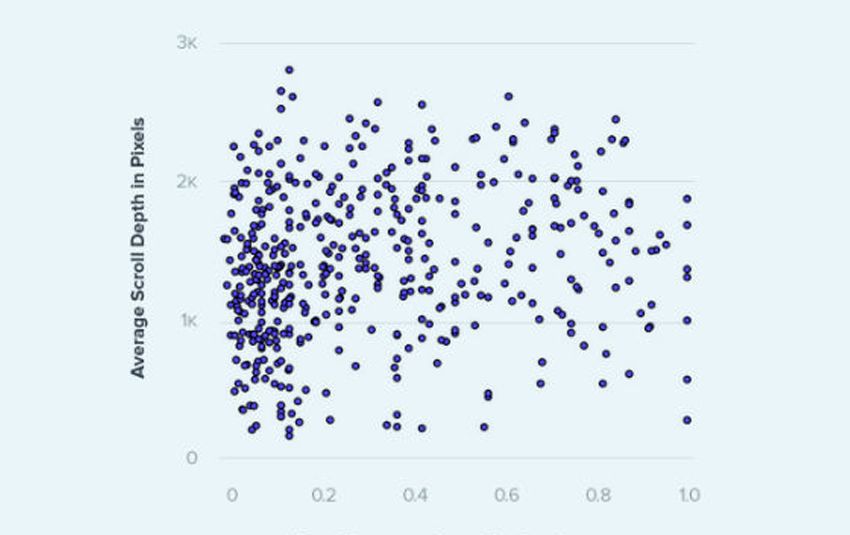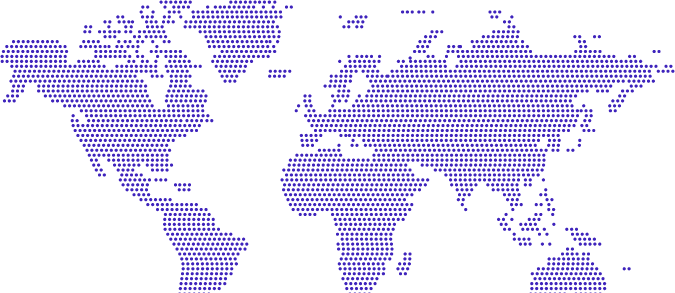We don't read, we get lazy to read, we consume; Like everything else, we remain indifferent to the information and useful content published on digital platforms. In the article "You Won’t Finish This Article" on www.slate.com , we confront our whole truth. We want to present you a striking reality in this article because we have read it to the end, saying “we are glad we did”. We were 100 people so far, but within 1-2 seconds, we lost 5 more; they will never need to view the rest of the page. Luckily the rest are the ones who are really determined to read this post, so let's continue without further ado. The results of the research conducted by Josh Schwartz, a data analyst at the website traffic analytics firm Chartbeat, are truly astonishing; the vast majority of us cannot focus on articles. Regardless of the topic, no matter what website we browse, we rarely view the page until the end. If you want more interesting information, let's give it immediately; People are very good at sharing links to articles they haven't read on social media! We are trying to exist in a network shaped by the posts made without knowing what is written in the article. Below is created by Schwartz; There is a graph where reader behavior is analyzed in real time. In this graph, the "scrolling", ie page scrolling habits of the Slate website readers can be clearly seen. The evidence mirrors the whole truth, as Chartbeat measures readers' habits simultaneously. A standard web article is about 2000 pixels long. Each bar in the graph below represents the proportion of readers who have reached a certain depth of the story. The main reason why the bar at 0% is high is that the top of the page is displayed and 5% of the readers do not go down! Surprisingly but true, unfortunately!

Fortunately, these sites have a high page scrolling rate, accessing about 60% of the article. On the other hand, 10% of the visitors never bother to scroll the page. Despite the example of Slate.com, the story does not change across the Web. Those who give no chance to articles are not the minority; make up the majority.
If you have read this article up to this point, which is statistically impossible; We want to deepen the subject and pose a question. Do people who post articles on social media read whatever they post?
this link is also the answer to this in the article. He underlines that the Schwarts Chartbeat system cannot directly trace whether or not the article links Tweeted are read. For this reason, it is not clear whether people have read all of the articles before sharing.
BUT…
Chartbeat is able to match the number of shared articles with how much that article has been read. There is the following graph that analyzes the comparisons and shares on Slate.com pages…


A similar result is also observed in the relationship between page scrolling and the posts on the sites tracked by Chartbeat.

All graphics shared essentially say the same thing; There is a weak relationship between the view rate of the lower parts of the page and article shares. Articles are shared without being read sufficiently, and as the number of articles read more, the share rate decreases.
So what do these mean? Chartbeat data analysis unitist Schwartz's data makes the chart even grayer. Only 25% of the Slate site's readers view 1600 pixels and more of the 2000 pixel article. The event is not Slate.com or 6harf.com, the same goes for our site. The articles that we labor and wish to be read are not read, liked and shared. All the information in the articles becomes insignificant for this reason. We're going to share a few more graphs though…
This temperature map shows where readers spend the most time on Slate.com pages.



